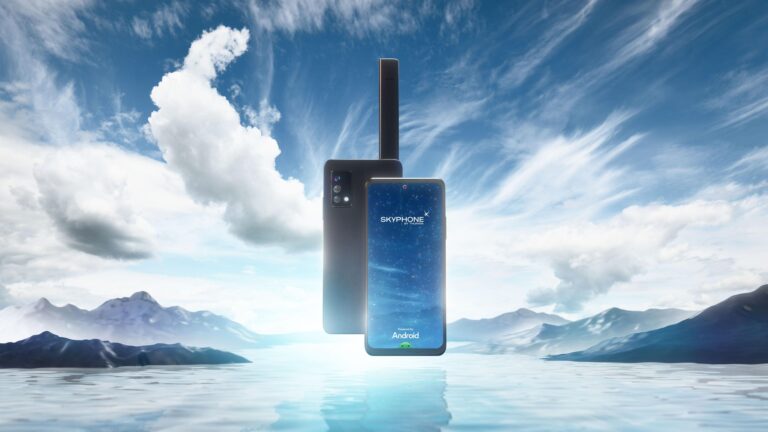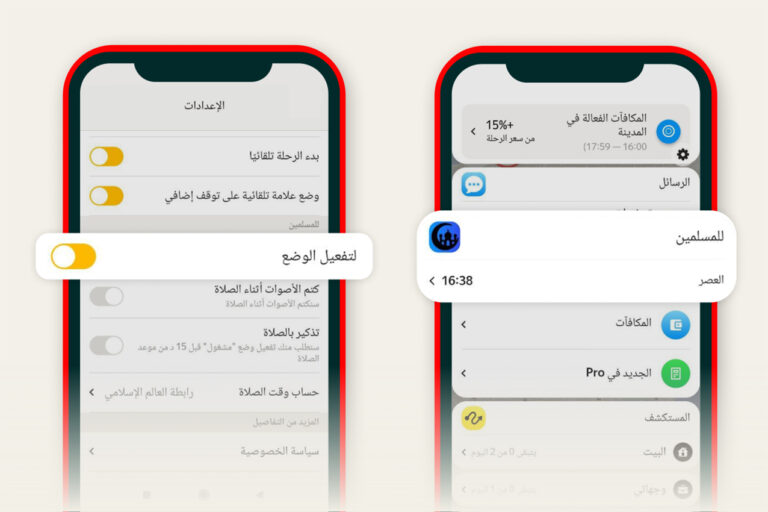The UAE is investing in digital identity technology, such as UAE Pass. More than 20% of the population are already signed up.


By: Benjamin Haas
from leading digital identity
proofing platform IDnow
How do you prove who you are to another person? If you’ve passed through an airport, applied for a bank account or been checked by security at an event, you will have used a form of identification, such as a passport or national identity card. Of course, developments in such photographic identity have only existed for the last hundred years or so and digital identity verification advancements are even more recent. Throughout history, humans have developed increasingly ingenious ways to verify who they are.
Jewellery – 100,000 years ago
One of the earliest forms of identification was jewellery. Ancient cultures created different wearable identifiers to indicate which family they hailed from. This tradition has continued through time, with more valuable materials being used to demonstrate an individual’s wealth and status – a behaviour which continues into the modern day. Similarly, if you’ve ever checked into a hospital you may have been given an identification bracelet, while military personnel are issued with wearable tags. Of course, these items are easily stolen or duplicated, so have never been a particularly strong or reliable mode of verification.
Tattoos – 3,000 years ago
Another tradition that has continued through time is tattoo culture. It has often been used as a mode of identification, such as Chinese tattooing of prisoners which can be dated back to 1046 BCE and thousands of years of Māori facial tattooing (‘ta moko’) that indigenous tribes use to denote family history.
Official documents – 2,500 to 6,000 years ago
The ancient Babylonians began the process of collecting personal information and collating it as part of censuses. Later, the Romans introduced issuance of official documentation to individuals such as birth certificates, citizenship papers and land ownership deeds.
Passports – 1414
The English invented passports under the rule of King Henry V, by issuing what was then known as ‘safe conduct’ documents to those travelling to foreign territories. Around the middle of the 16th century they became known as ‘passports’ as people used them to prove their identity when passing through a port of entry, such as a gate to a city. In the early 19th century, Napoleon introduced worker identification documents as part of government reforms, while Sultan Mahmud II followed suit across the Ottoman empire with the introduction of national ID cards.
Fingerprints – 1858
Sir William Herschel was the first to use inked fingerprints as a way of signing documents, providing a unique identifier. Police forces, such as Scotland Yard, developed ways to classify fingerprints for investigations, while in the 1980s Japanese inventors developed an automated fingerprint identification system (AFIS). Many governments across MENA now scan and collate fingerprints from citizens and residents for verification purposes.
Photo ID cards – 1876
The first known use of a photo identity card was at the Philadelphia Centennial International Exhibition in 1876, when famed photographer William Notman presented a world-first way of entering the event. The first World Expo, the Great Exhibition in London, had suffered from being able to properly identify employees, exhibitors, press, officials and visitors, especially if they made multiple entries. Simply passing on a written or signed document could easily be used by other people, so Notman invented the photographic ticket, which allowed security to quickly identify the person entering by facial verification. By the early 20th century governments began to tie photo identity with official personal identification documents.
Computers and passwords – 1960s
While passwords have been around for thousands of years, the development of computers and electronic databases made it necessary to find ways to protect information within them. Massachusetts Institute of Technology (MIT) developers created passwords to protect systems and information…
Digital records – 1960s
…but of course, with this development came similar testing to try and hack into the systems, sparking the evolution of computer security trying to stay one step ahead of those trying to break in. As computing developed, mass amounts of paperwork for government identification were migrated to digital systems.
Advanced biometrics – 2000 onwards
As the world entered a new millennium, the evolution of identity verification picked up pace. Advanced biometrics such as speech recognition, palm print and hand geometry recognition, iris recognition, facial recognition and DNA sequencing, were developed. In 2006, the UAE introduced the Emirates ID as a single all-purpose identity card. India launched the world’s largest biometric identity system called Aadhaar, aiming to make verification faster and more secure. Apple introduced fingerprint and facial recognition into smartphones, ushering in an era of remote verification.
Digital identity verification – 2010 onwards
The development of digital identity verification has opened up a world of possibilities and opportunities. Initial examples included being able to verify identity at approved locations other than your bank (such as in Germany with Postident allowing local post offices to check ID). From 2012, the first global examples of identification via video chat became possible, while further advancements in 2018 saw the rise of automated solutions for digital onboarding of customers (such as IDnow’s AutoIdent). This process uses AI-powered software that checks facial biometrics and passport / ID security information, enabling a real-time decision on a user’s smartphone or computer, from anywhere in the world.
Over the past four years, more countries have approved automated products for AML (anti-money laundering), eKYC (electronic know-your-customer) and highly regulated use cases. 2020 saw the rise of digital business models as a result of the Covid pandemic, putting additional impetus on implementation of digital identity verification across a range of services. In 2022, the UAE became one of the first jurisdictions in the world to link residency visa status with national digital identity cards (Emirates ID), while in the EU, a new proposed framework (eIDAS 2.0), that all EU member states must provide their citizens with a digital identity.
Summary
Throughout time, mankind has developed increasingly reliable ways to verify identity. Just like jewellery and safe conduct papers, physical identity documents and passwords are becoming traditions of the past. In the near future, digital identities and digital identity wallets (which can not only hold a citizen’s ID card but also documents like drivers license, university degree or marriage certificate) will become the new standard around the world, potentially even phasing out physical documentation.



























+ There are no comments
Add yours